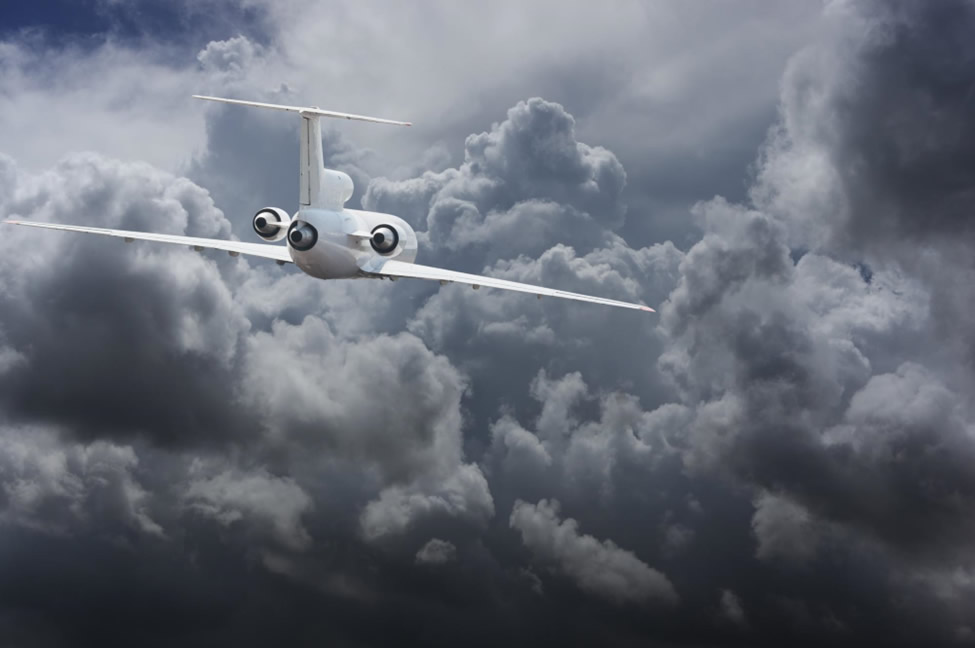Is Turbulence Worse at Different Times of Year?
Is Turbulence Worse at Different Times of Year?
For those who often find themselves soaring through the skies, turbulence is a familiar sensation that tends to elicit a mix of annoyance and unease. But, have you ever wondered if turbulence tends to rear its bumpy head more frequently during certain times of the year, or if it’s a consistent threat? Let’s take a closer look at the science behind turbulence, explore how seasonal and daily factors might influence its occurrence, and ponder whether climate change has a hand in shaping our flight experiences.
Getting to Grips with Turbulence:
Turbulence is simply a natural part of flying, caused by irregular airflow in the atmosphere. It can be set off by various factors such as weather patterns, air currents, and even the landscape below. There’s a spectrum of turbulence, ranging from gentle bumps to more intense jolts, each bringing its own level of discomfort and potential safety concerns!
Seasonal and Daily Swings:
Although turbulence can happen at any time, there are seasons and times of the day when it tends to crop up more frequently. For instance, thunderstorms and the resulting convective activity, which are more common in the summer, often lead to increased turbulence, especially in areas prone to severe weather. Similarly, daytime heating can stir up thermal turbulence, particularly in the afternoons.
Navigating Flight Paths and Regional Nuances:
Certain flight paths and parts of the world are notorious for bumpier rides than others. Areas with mountains, coastal regions, and places with strong jet streams often experience more turbulence. Additionally, flights over the polar regions might encounter extra turbulence due to the unique atmospheric dynamics at higher latitudes. Pilots and airlines are well aware of these factors and factor them in when planning routes and schedules.
The Climate Change Factor:
Climate change is a complex puzzle that affects various aspects of weather and atmospheric conditions, including turbulence. While researchers are still piecing together the specifics, some studies suggest that warmer temperatures and shifting weather patterns could lead to more turbulence in certain regions. Warmer air can fuel stronger convective activity, potentially resulting in more frequent and severe turbulence events.
Tackling Turbulence Head-On:
Despite the challenges turbulence presents, today’s aircraft are built to handle turbulent conditions with ease. Pilots undergo extensive training to navigate through rough patches and use advanced weather forecasting tools to anticipate and steer clear of turbulent areas whenever possible. Plus, technological advancements like turbulence detection systems and real-time weather monitoring bolster flight safety and passenger comfort!
In Summary:
Turbulence may be a natural part of air travel, but its intensity and frequency can vary based on factors like the time of year, time of day, flight path, and weather conditions. While there might be seasonal and regional trends in turbulence, modern aviation practices and technology work hand in hand to minimize risks. As we continue to deepen our understanding of turbulence and its connection to climate change, ongoing research and innovation remain key to ensuring smooth and safe flights for travelers worldwide!
– Written by Jack Vale
